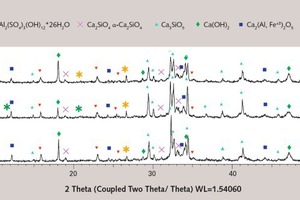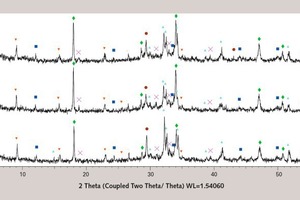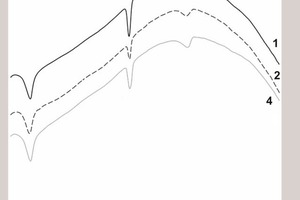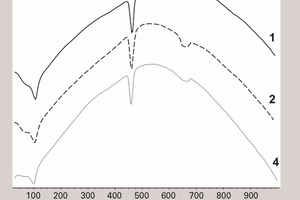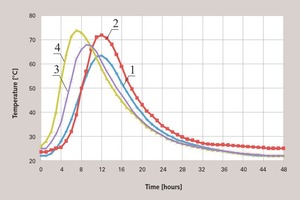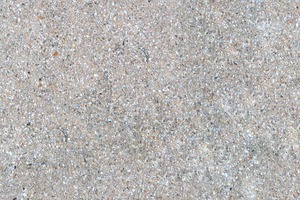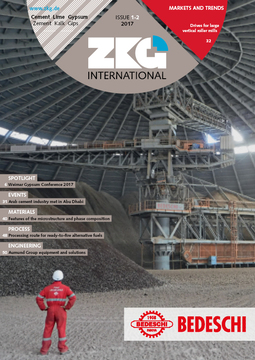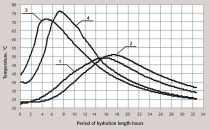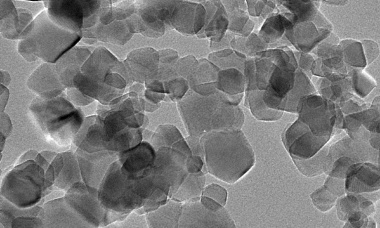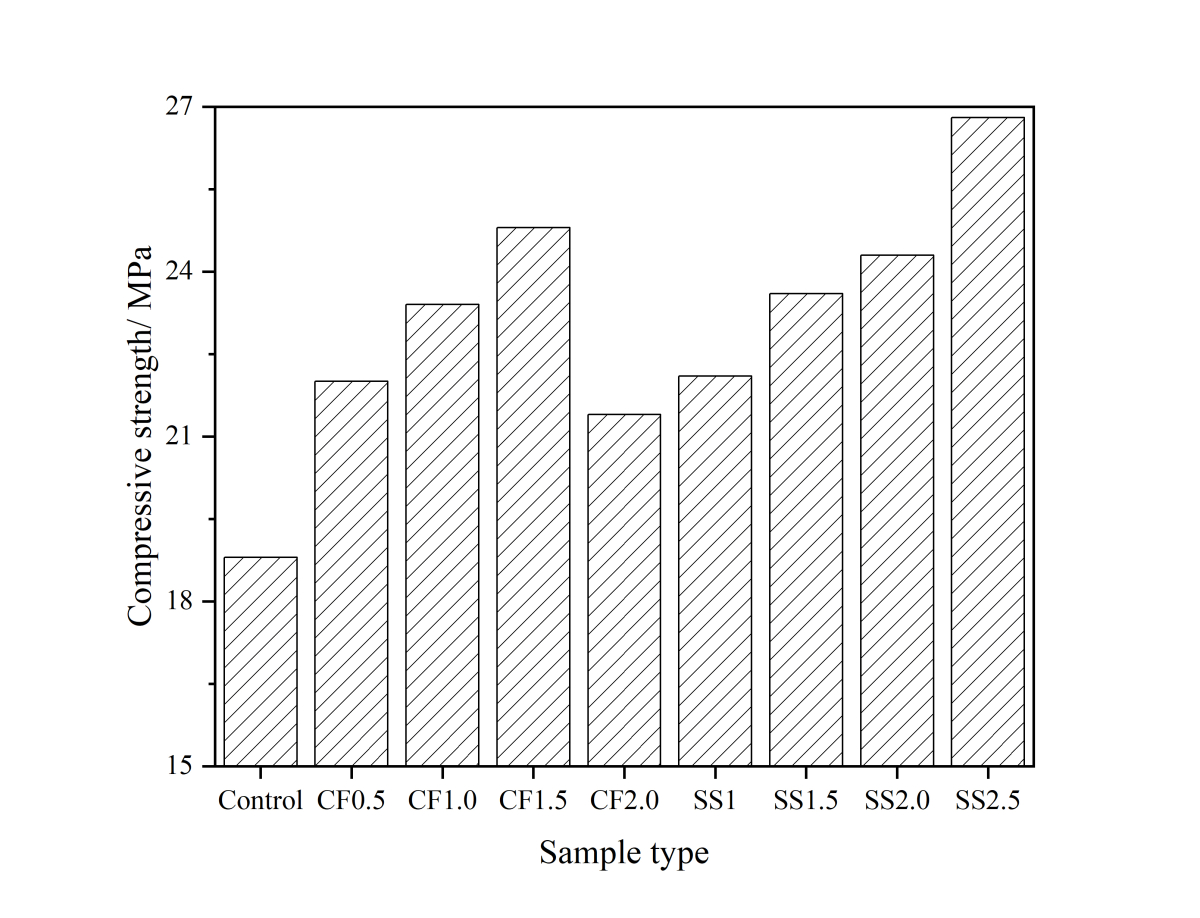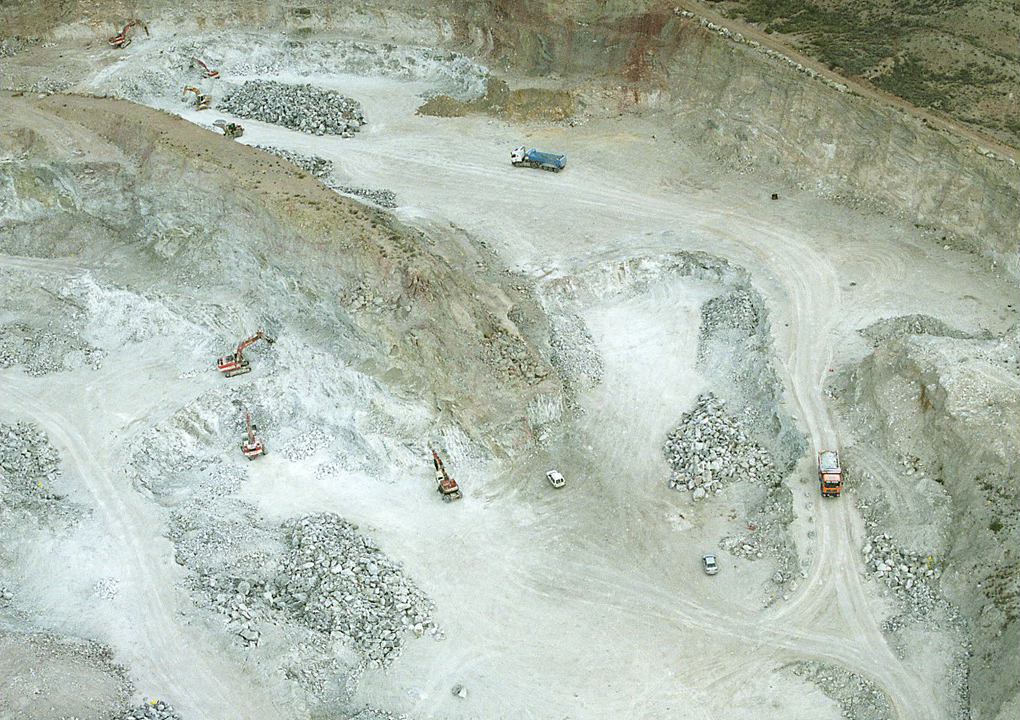Features of the microstructure and phase composition of hardened cement paste prepared by mechano-chemical activation of the binder
This article deals with the influence of mechanical activation of the cement suspension on the physical and mechanical properties of mass concrete. The high growth rate of the cement composites is determined by the high level of heat emission from the hardened cement paste when the structure starts to form. X-ray phase analysis and differential thermal calorimetry showed that the phase composition of the hardened cement paste obtained after mechanical and chemical activation of the binder is characterized by a high concentration of calcium hydroxide (Ca(OH)2), a high concentration of ettringite (Ca6Al2(SO4)3(OH)12 x 26H2O), and a very low concentration of the initial Portland cement clinker phases, resulting in high physical and mechanical indicators for the compounds that are obtained.
1 Introduction
Binder activation is one of the most promising methods of developing the physical and mechanical properties of cement composites [1-6]. The best-known methods include: turbulent [7-9], cavitational [10, 11], mechano-chemical [12-21], ultrasonic [22, 23] and vibrational [24, 25] activation. All the methods of activation mentioned above are aimed at increasing the dispersion and raising the surface area of new-growth hydration products.
However, identical dispersion of new-growth hydration products can be achieved by different methods of activation so the mechanical and chemical...

